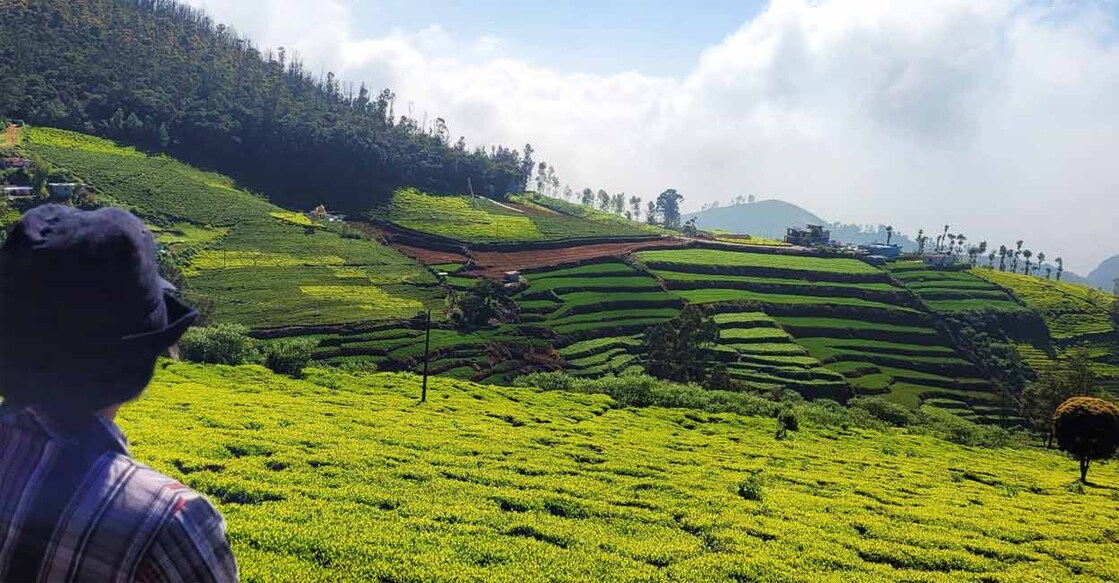Column | The Third Landscape: Thriving by neglect

Mail This Article
The First Nature is the pristine environment of the Earth that has not been corrupted by humans. Through anthropogenic activities, primarily those of agriculture and industry, the Second Nature evolved.
The remnants of spatial organisation are the Third Nature or the Third Landscape. A neglected space is created by the abandonment of a formerly exploited site. Its origins can be urban, industrial, or agricultural.
In urban areas, they are not always the outcome of a flaw in design; they may be vacant lands awaiting development. When development is delayed, a distinctive vegetative cover eventually forms in the voids of the urban and peri-urban areas where nature has taken its course.
Third landscapes form in rural areas as well. Rural voids can be regions that have been neglected due to hard, uneven terrain that makes cultivation or running machinery impossible. These habitats are home to species that are neither cultivated nor farmed, or whose survival is dependent on such species. They vary in scale, but generally are significantly smaller in size than primary forests.
Verges of roads, edges of fields, and water bodies are all examples of Third Landscapes that offer territorial continuity and serve as ecological corridors that link habitats in different geographic areas.

Both native and naturalised species can be found in tea agroecosystems. Maintaining a variety of sub-habitats, including riparian and territorial corridors, residual forests, and agroforestry patches, along with wild Third Landscapes, can promote biodiversity.
If sustainable agroecology methods are being used, tea cultivated in a mosaic of habitat types rather than on monoculture plantations may not only quench more than half of the world's thirst and contribute to regional economic growth, but also enhance local biodiversity.

The Third Landscape also includes natural spaces developed as a consequence of ecotourism interests. They provide novel tourism products focusing on a broad spectrum of experiences ranging from rejuvenation to adventure for people looking to escape the chaos of contemporary life. In an otherwise predictable region, third landscapes provide visitors the thrill of unpredictability and the element of surprise.
A powerful industry with significant sociopolitical influence, tourism also has a large global economic and environmental impact. It has made it possible to incorporate market-based capitalism with conservation efforts in remote regions. However, for tourism and conservation to be mutually beneficial partners, a destination's natural, built, and cultural heritage must be preserved.
Designed by non-planning and maintained by neglect
Urban Third Landscapes are smaller and fewer in number than their rural counterparts. When the urban fabric is stretched, more fragmented Third Landscapes emerge. They are put under enormous strain by the surrounding urbanised regions, jeopardising their biodiversity or, worse, their very existence. Although Third landscapes are by themselves places for encounters with fairly unadulterated nature, they may be leveraged to stimulate economic activity that capitalise on these spontaneous and direct relationships with nature. They are therefore perfect for spatial design from an ecotourism perspective.
As Third Landscapes begin as barren sites, they are relatively devoid of competition and are ideal for pioneer species to establish themselves. The fast-cycling pioneer species emerge and are quickly replaced by more stable species. Reducing anthropogenic pressure can help sustain not just Third Landscapes but also, to a lesser extent, the ecological functions of the wider regions. Which locations become Third Landscapes and how they are maintained depend on a number of factors, including market forces, government decisions, and the collective consciousness of both residents and visitors.
Third Landscapes are undervalued as 'terrain vague' (urban non-spaces) or rural wastelands by the government. But it is this institutional neglect that guarantees their organic maintenance and their potential to boost biodiversity. They will be organised and monitored if they are recognised and protected, such as reserve forests or heritage sites. This would subject them to control, limit their ability to evolve naturally, and doom them to extinction.
Although they may take on different forms in urban and rural regions, they act as a refuge for biodiversity in ecosystems that are dominated by humans. The coupling of such 'neglected' areas and reserves can help preserve ecological continuity. Non-spatial organisation is an important aspect of ecological spatial planning that must be prioritised in order to allow for natural evolution in human-occupied territory.
(Ann Rochyne Thomas is a bio-climatic spatial planner and founder of the Centre for Climate Resilience - a sustainability and climate change advisory.)


